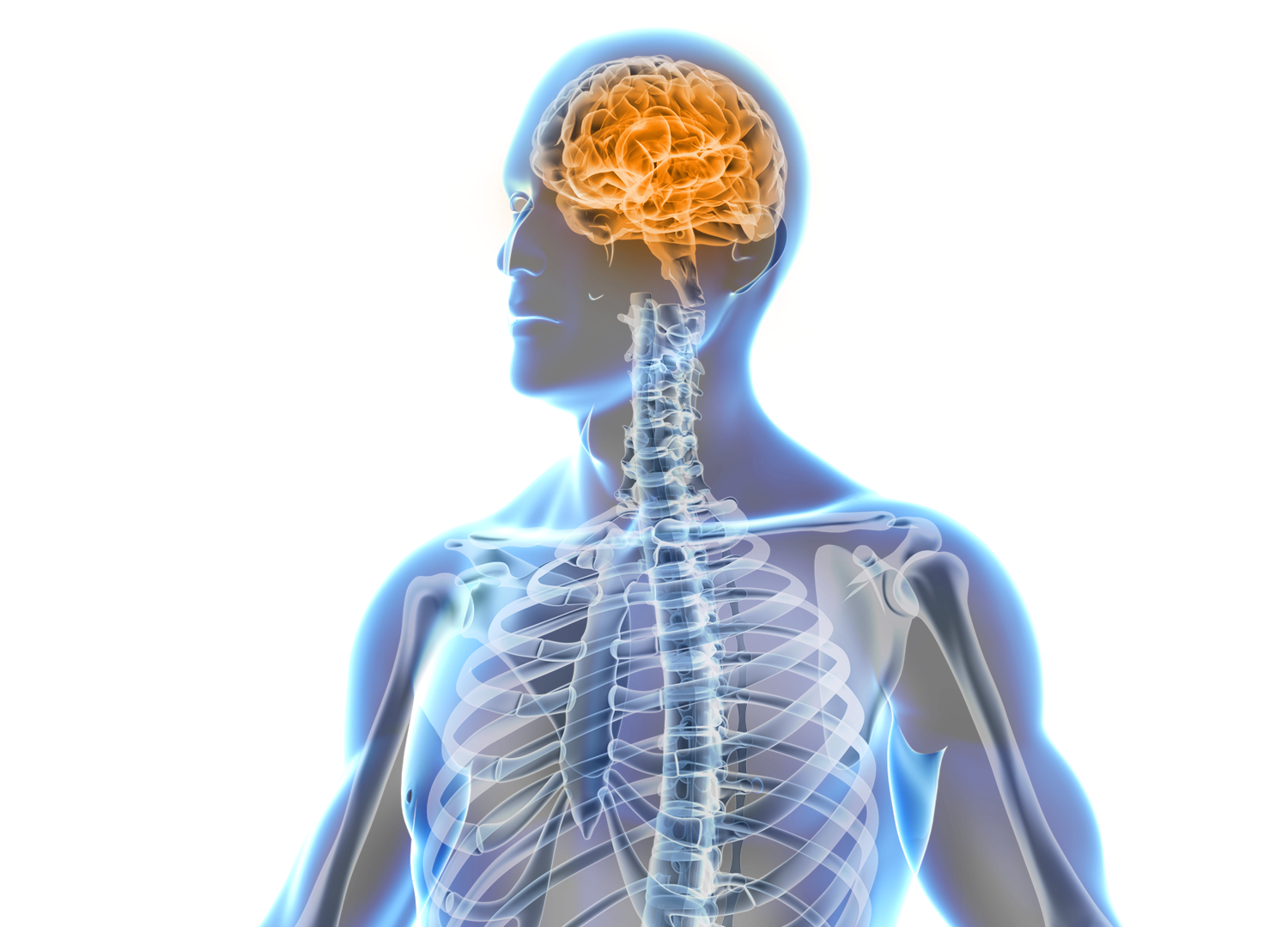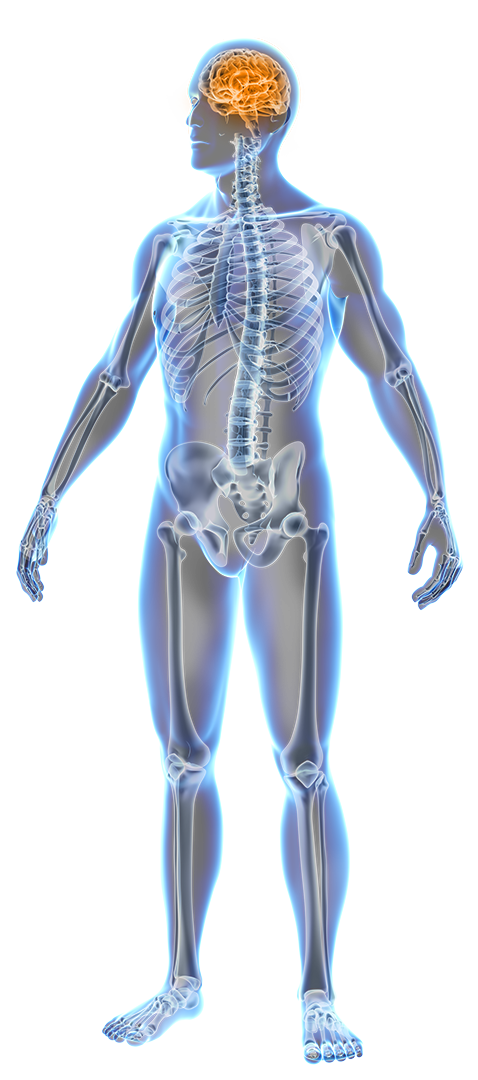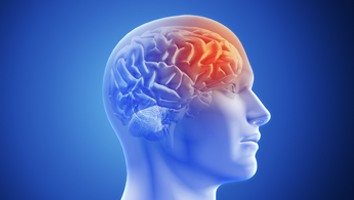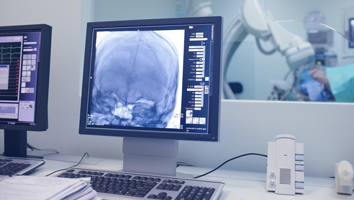Neuropflege
Ihr Gehirn ist ein bemerkenswertes Organ, das für Ihre Gedanken, Erinnerungen und jede Ihrer Handlungen verantwortlich ist. Es ist wichtig, der Gesundheit des Gehirns Priorität einzuräumen und Maßnahmen zu ergreifen, um sie ein Leben lang zu schützen. Zur Vorbeugung von Schlaganfällen, einer der Hauptursachen für Hirnprobleme, gehört die Aufrechterhaltung eines gesunden Lebensstils mit regelmäßiger Bewegung, einer ausgewogenen Ernährung und der Kontrolle von Risikofaktoren wie Bluthochdruck und Diabetes. Im Falle eines Schlaganfalls können Früherkennung und rechtzeitige medizinische Intervention einen großen Unterschied machen. Fortschritte in der medizinischen Wissenschaft bieten weiterhin vielversprechende Behandlungen und Therapien, die Einzelpersonen auf ihrem Weg zur Genesung und verbesserten Gehirnfunktion unterstützen.










